You might have seen my post on the first round of this season of Formula Drift. I realized after the fact that some of you might not be familiar with the series or drifting in general. As a follow up I wanted to walk you through what goes into a car designed to slide around at nearly 100mph.
Run What You Brung
One of the things that makes this series so unique is the fact that all of these cars are built on a production made chassis. This means that at it’s core, it is the same car you could buy from a dealership. Obviously they undergo some serious modification after the fact, but these drivers are still piloting recognizable cars.
What fascinates me is the fact that something like a 1989 Nissan 240sx can run door to door against something like a 2015 Scion FR-S. Not only does it qualify to compete, but it is also very competitive. There aren’t many professional series around that have that sort of diversity in the cars themselves. Most series of this caliber tend to feature the latest and greatest, but at the end of the day as long as it’s rear wheel drive, it’s welcome here.
The field isn’t just small Japanese sports cars, it varies across many manufacturers and styles. American Muscle is represented in the Camaro and Mustang, Japanese nimbleness in the FR-S and Silvia, and German precision in a number of BMWs and now even a Passat. The spectrum is surprisingly diverse.
Absolute Power
Your typical family sedan hovers around the 180-200hp mark, which is enough when you have to pass by some lazy minivan on the highway. But what if you wanted to do nothing else but absolutely murder tires in the most brutal way possible? You’re going to need about five times the horsepower. Many of these professional drift cars are pushing upwards of 1000hp. To those of you unimpressed by this number, these are some of the most powerful stock chassis cars in the world.
What I find fascinating is how many drivers reach these levels of horsepower. There aren’t restrictions citing what engine you can put into your car. This means many choose to swap in another engine from a different manufacturer.
The swap of choice for most teams is the GM LSx. This is the same sort of engine that you would find in Corvettes, and Camaros. GM spent many years perfecting this platform and as a result they come out of the box with about 420hp. In previous years many drivers would do some basic bolt ons, bring the power level towards the 500-600hp range and call it a day. But as of the last few seasons, drivers have been pushing the envelope on their builds.
Many have turned to forced induction, strapping turbos and superchargers to their cars for that extra bit of power. And if that weren’t enough, some even go so far as to add nitrous on top of that. With these additions, cars with 800hp are considered on the low end of the series.
But of course, just like the chassis diversity, there are plenty of unique engine choices. Various forms of six cylinder engines remain just as competitive as eight. Some drivers even go so far as to run four cylinder engines. In fact the runner up for the championship last year campaigned a big turbo, four cylinder Scion tC. My understanding is the basic block used in that engine comes out of a Toyota minivan. What other racing series will give you that much diversity all competing against each other?
Completely Sideways
So the drivers have their chassis and power sorted, but none of that is any good if it can’t be controlled. Enter the angle mods. In order to maneuver the car into position while traveling sideways, the steering itself needs to go substantially further than stock. There are a number of ways this can be achieved, but there is only one thing that matters from a spectators perspective. How sideways can the car get? In most cases the answer is simply: Very.
Damage Control
So after all of that modification, a car is finally competitive in Formula Drift. The only thing really left to tackle would be safety. Sure there’s a lot that goes into protecting the driver, a roll cage and harness is added, as well as a host of other things to ensure the driver is safe. But in a sport like drifting, the cars also need to be protected. Tracks like Long Beach are particularly unforgiving, and if a driver goes a little too hard, they’re likely to smash their car into a concrete wall.
The damage from an accident like that would total your average car, but fortunately a lot of engineering goes into keeping these cars going after taking a big hit. Bash bars are installed front and rear, which absorb most of the impact and protect critical engine and suspension components. Bumpers are designed to break away easily, so they don’t drag the car down or cause additional damage.
As a result a car that takes a huge hit will likely be able to compete again later that same day. Granted it might look a little worse for wear, but mechanically everything is in tact. While maybe this isn’t unique for Formula Drift, I’ve been surprised to see what these cars have come back from. It speaks a lot to the engineering that goes into these machines.
Free Spirited
I think what initially drew me to drifting as a fan, was the individuality it brought to the table. Competitors were able to express themselves through their build, and it showed quite a bit. From the livery, to their engine choice, it all spoke to their personality as a driver. Plus it doesn’t hurt that this series has developed some of the highest horsepower cars around, designed to just punish tires. While maybe not practical, there is something undeniably cool about this.
I’ll be covering other motorsports and aspects of automotive culture soon, but I wanted to help introduce some of you to the sport. Personally I think the cars the drivers campaign are the most interesting aspect. If you want more information on the series as a whole, visit the Formula D website.
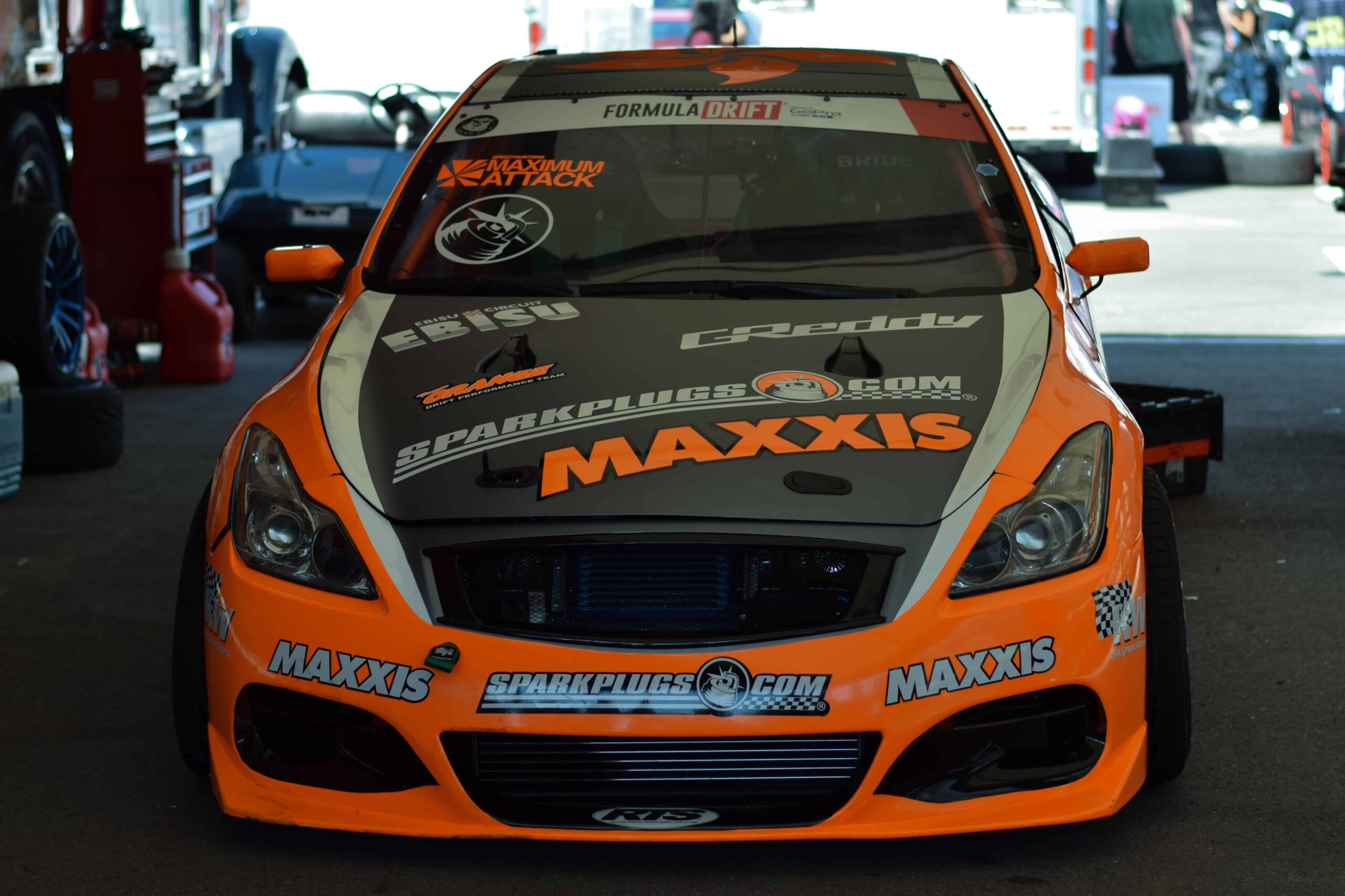
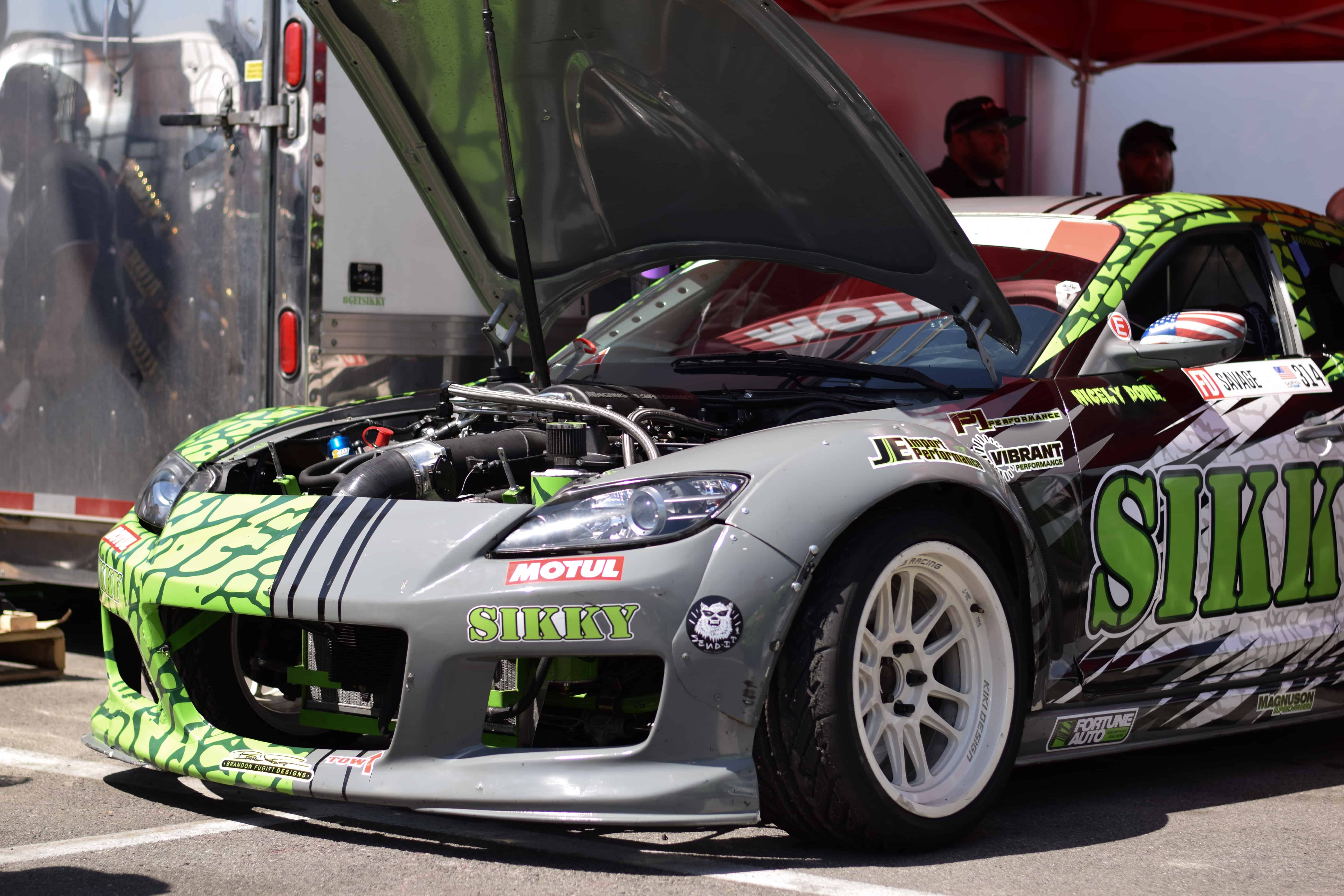
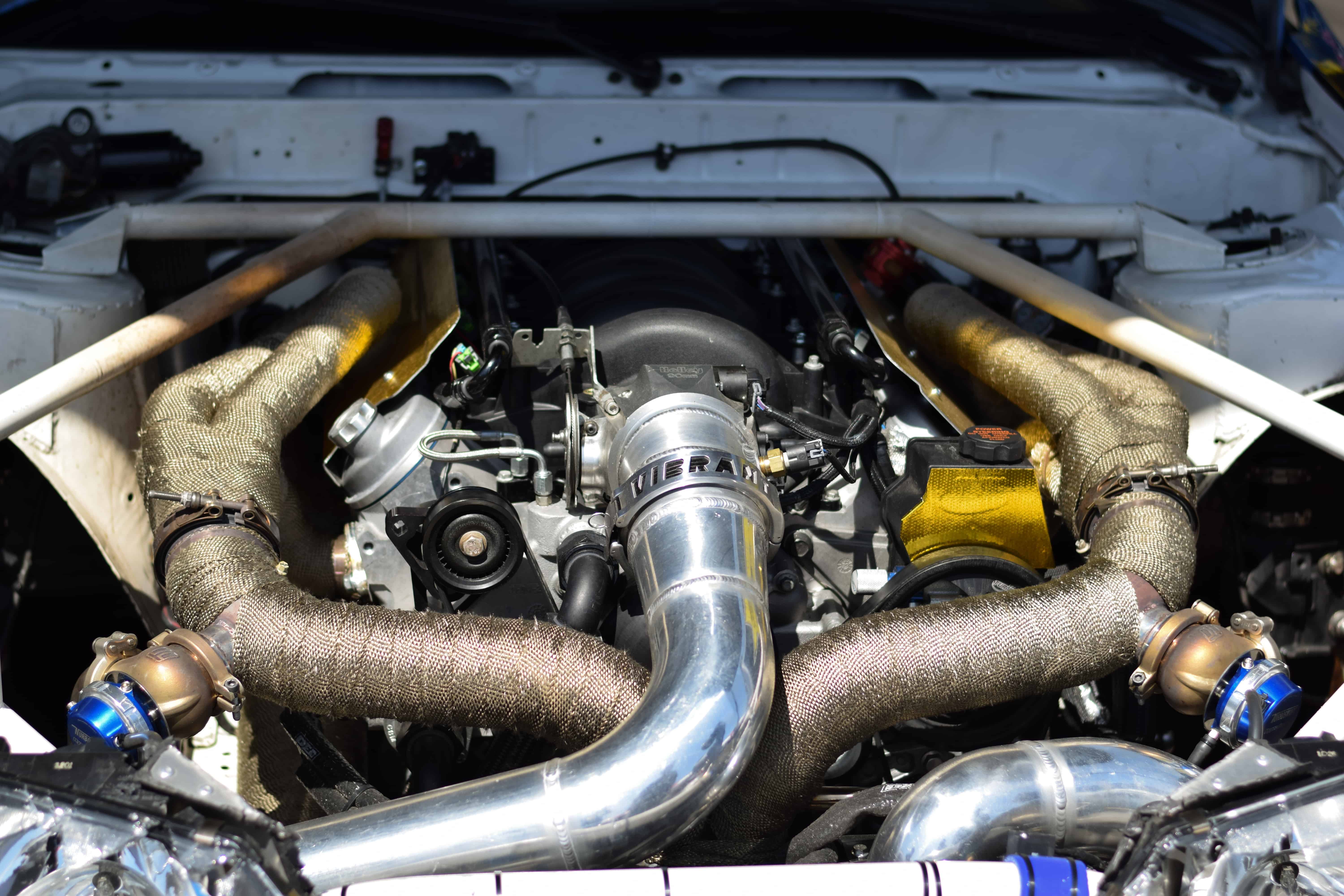
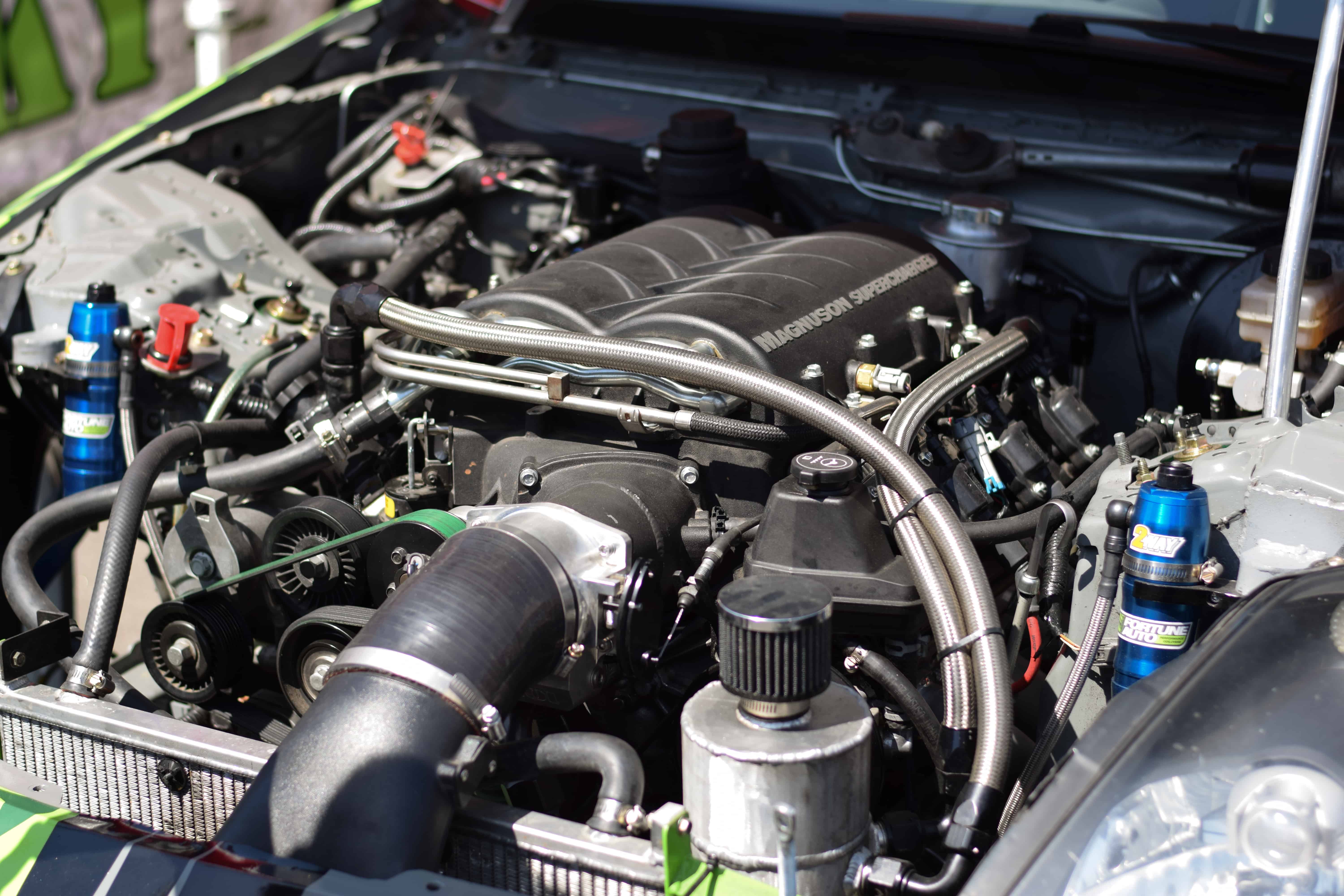
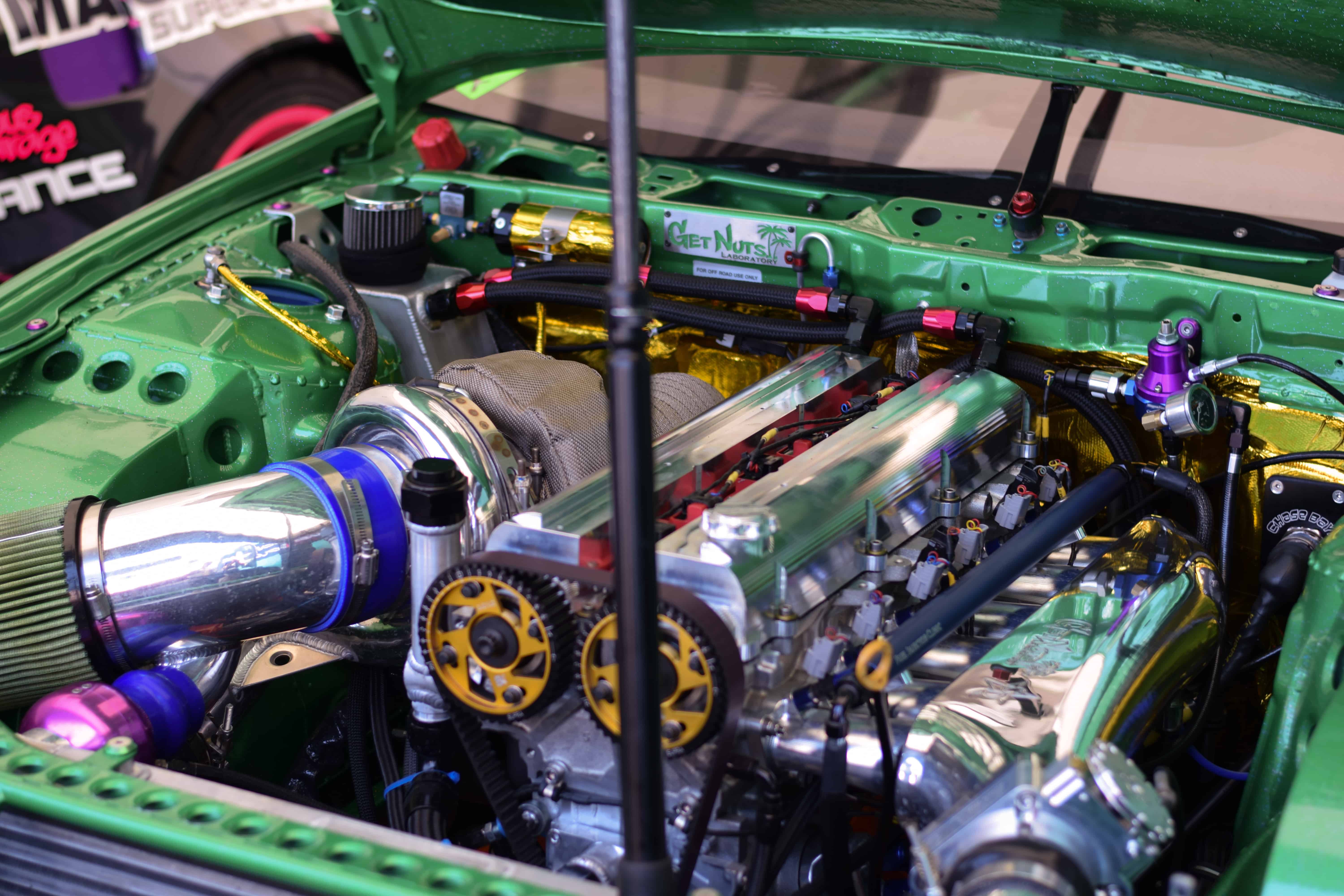
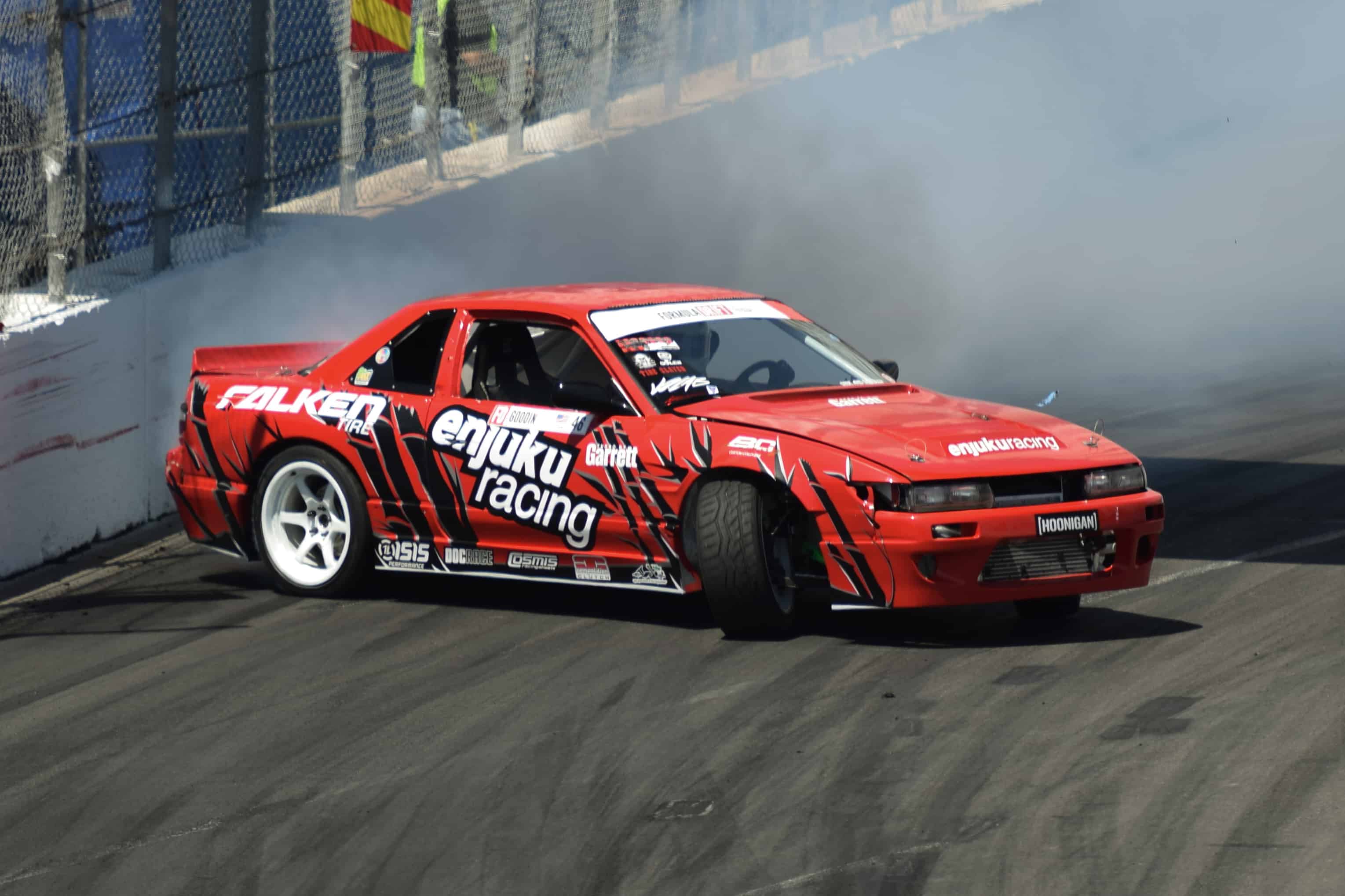
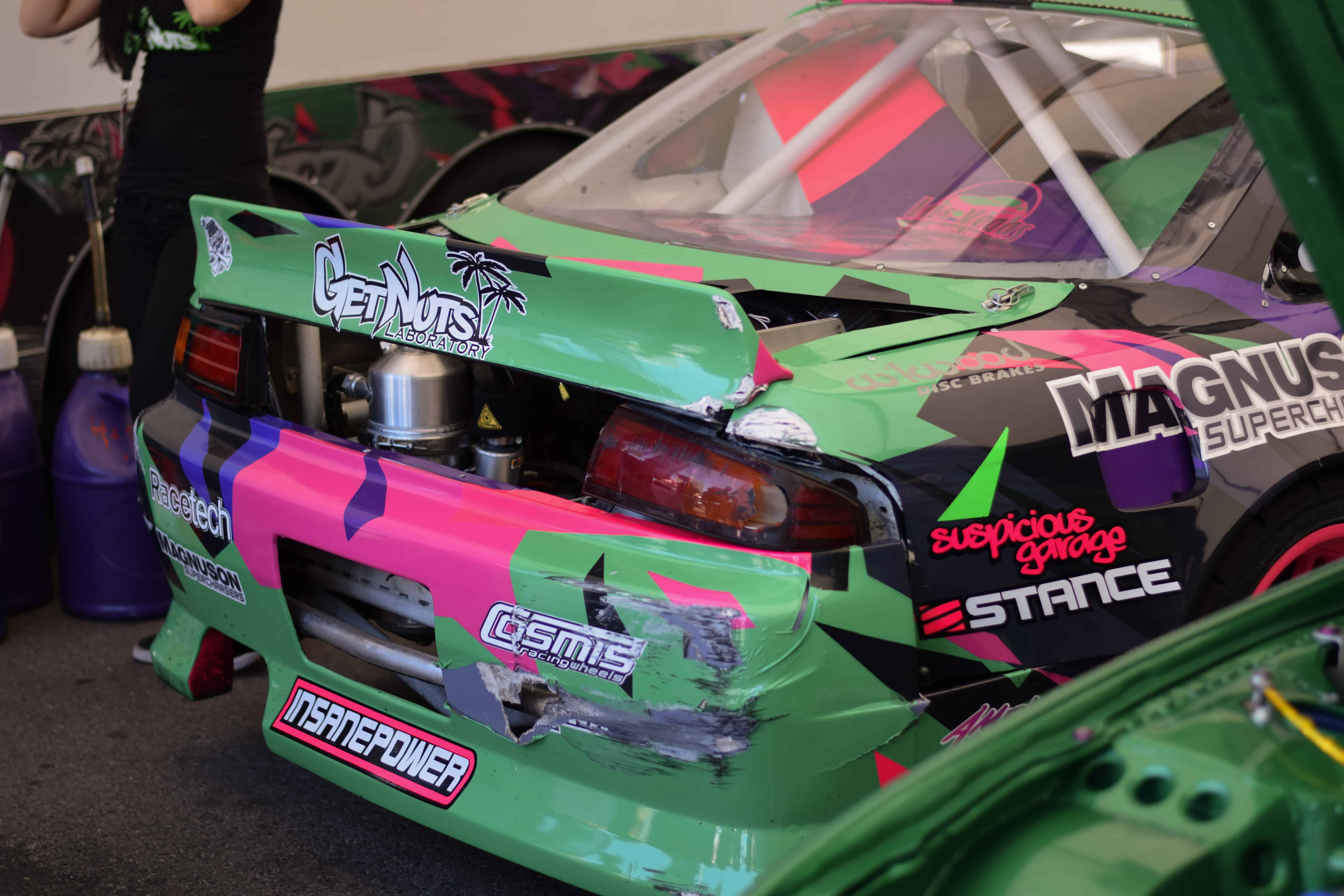
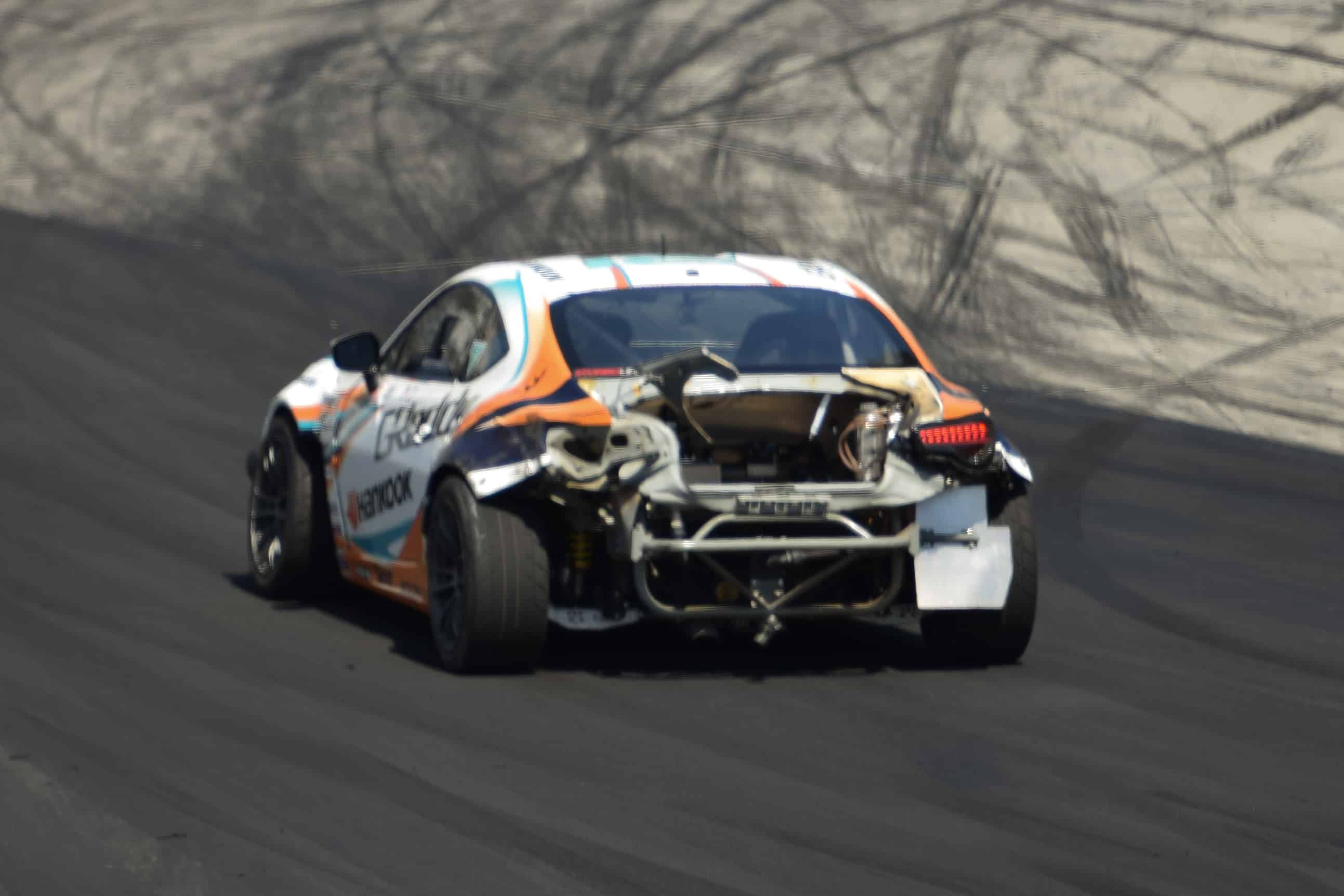
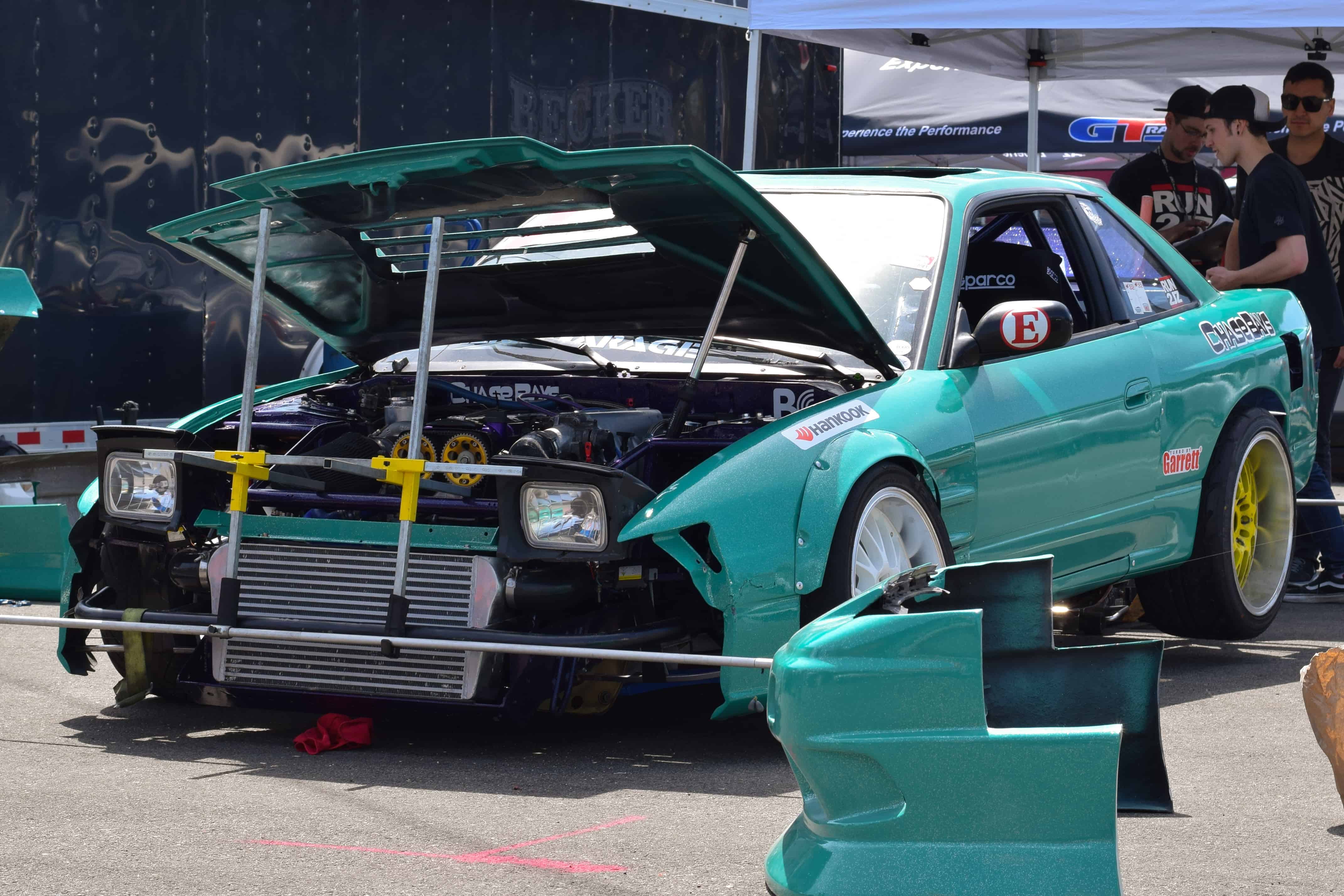

Thanks to this post, now I’m reading the entire blog!